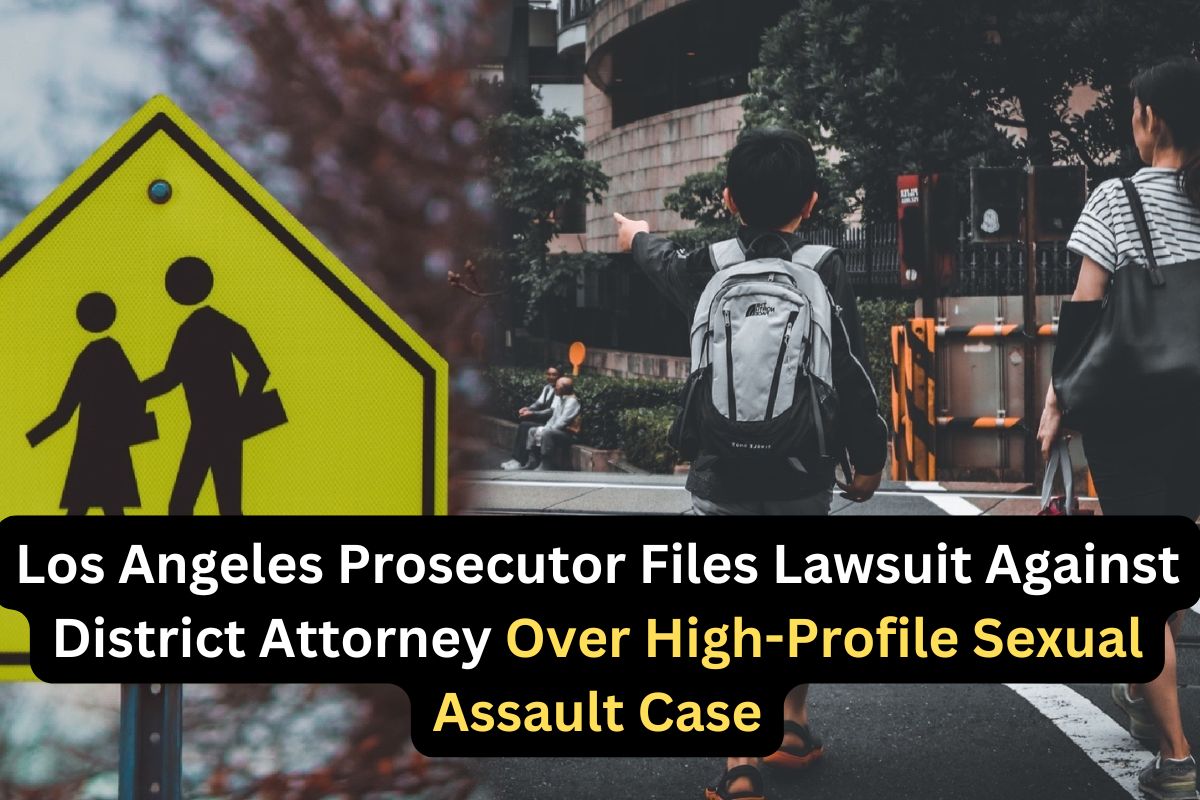August 14, 2024
Los Angeles, CA
In California, school zones are clearly marked areas where speed limits are reduced to protect the safety of children. However, a common question among drivers is whether they can be ticketed for speeding in these zones when no children are present. The answer, according to California law, may not be as straightforward as some might think.
California Vehicle Code Section 22352 sets the speed limit in school zones at 25 miles per hour when children are present, but what exactly does “present” mean? The law has been interpreted to include a range of scenarios, not just when children are visible on the sidewalks or crossing the street. According to the California Department of Motor Vehicles (DMV), the reduced speed limit applies when children are arriving at or leaving school, whether or not they are actually in the driver’s line of sight.
“Many drivers mistakenly believe that if they don’t see any kids, they can resume normal speed,” says Officer Maria Gomez of the California Highway Patrol. “But the law is designed to ensure safety during times when children are likely to be in the area, even if they aren’t immediately visible.”
This includes times during the morning when children are arriving, lunchtime when they may be outside, and in the afternoon when school is letting out. Additionally, the law applies whenever school grounds are being used by children, such as during after-school programs, sports events, or even weekend activities.
Violating the school zone speed limit, even when no children seem to be present, can result in a costly ticket. Fines for speeding in a school zone are typically higher than standard speeding tickets, reflecting the heightened risk associated with these areas. In some cases, fines can reach up to $1,000, especially for repeat offenders.
“School zones are always treated with heightened caution, regardless of the time of day or apparent absence of children,” explains traffic attorney Lisa Henderson. “Judges tend to side with the intent of the law, which is to prioritize the safety of children over any ambiguity about their presence.”
However, there are some exceptions. For instance, if school is not in session, such as during holidays or summer break, and the school grounds are not being used by children, the reduced speed limit typically does not apply. But drivers should still be cautious, as certain districts may enforce reduced speed limits year-round, and signs often indicate the specific hours during which the limit is in effect.
In short, while you might not see kids around, the law still requires you to adhere to the school zone speed limit during designated times. Ignoring this can result in hefty fines and points on your driving record, which could lead to increased insurance rates and other penalties.
For California drivers, the safest bet is to always observe the posted speed limit in school zones during the hours noted, regardless of whether children are visibly present. It’s a simple precaution that ensures compliance with the law and, more importantly, keeps children safe.

